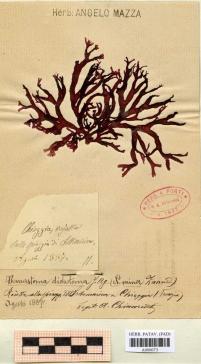Mobility is a defining feature in the life and history of natural history objects. Focusing on the life of natural history collections in terms of the mobility/immobility turn means looking at their “life cycle” through a different conceptual and theoretical lens, from the point of origin to the multilayered trajectories, practices, and uses connected to dead plants and animals. Despite their illusory condition of immobility, natural history objects preserved and displayed in museums represent the meeting point of a wide bundle of itineraries, each of which has enriched them in meaning and therefore narrative potential through time and space. Using a two pronged approach, this project first examines the history of natural history objects and their life in museums in terms of mobility, focusing especially on the Italian scenario during the nineteenth and twentieth centuries, which still deserves an in-depth and overall survey from a long-term perspective and with a comparative, transnational, and global approach. Second, it sheds light on the role played by digitization in mobilizing and decolonizing natural history collections thanks to the ongoing projects all around the world, focusing especially on the new digitization infrastructure of the recently established Italian National Biodiversity Future Center.

The world gathered on a sheet. A specimen of Nemastoma dichotomum, second half of the nineteenth century. From the Algarium of Achille Forti, preserved at the Botanical Museum, University of Padua.
Project
(2022)
